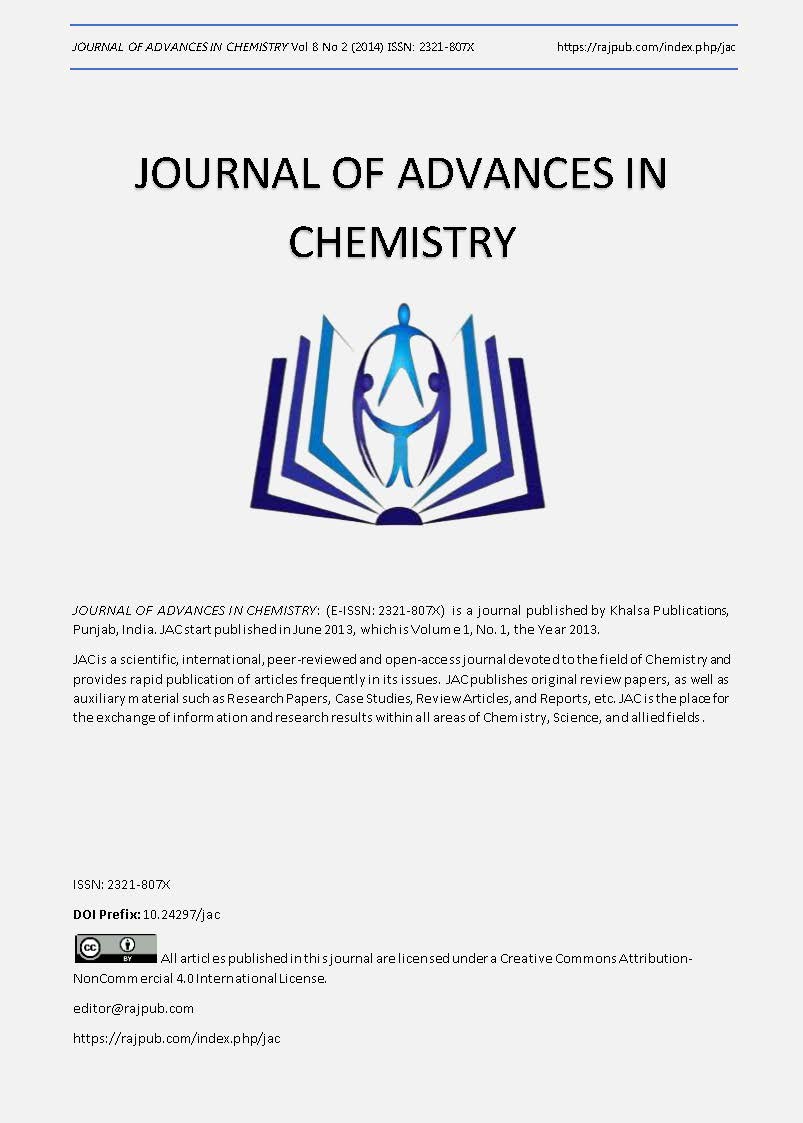Comparison of three types of physical aspects of a carbonated hydroxyapatite biomaterial: Study implantaion in vivo in rats of "Wistar" strain and physiological & physicochemical explorations
DOI:
https://doi.org/10.24297/jac.v8i2.4042Keywords:
Biocompatibility, Carbonated hydroxyapatite, Oxidative stress, Subcutaneous implantationAbstract
Currently, research on biomaterials must meet and demonstrate a set of therapeutic competence to level many health problems. The objective of our work is to normalize the technique of implantation of the biomaterial (carbonated hydroxyapatite: HAC). Three modes subcutaneous implantation was carried out. This technique consists to select the most tolerated by the body without toxicity. Thus, we have applied our biomaterial (HAC) in pellet form under pressure, under pressure sintering pellets and capsules for two weeks. Our results showed that the capsule did not disturb and mainted the equilibrium and balance or ferric ion phosphate balance, prevent against the toxicity of hepato-renal system by comparison with the pellets. These results demonstrated the tolerance, the biocompatibility and the integrity of apatite administered in capsule.Downloads
Download data is not yet available.
Downloads
Published
2012-12-20
How to Cite
Boulila, S., Mnafgui, K., Oudadesse, H., El Feki, H., & El Feki, A. (2012). Comparison of three types of physical aspects of a carbonated hydroxyapatite biomaterial: Study implantaion in vivo in rats of "Wistar" strain and physiological & physicochemical explorations. JOURNAL OF ADVANCES IN CHEMISTRY, 8(2), 1612–1629. https://doi.org/10.24297/jac.v8i2.4042
Issue
Section
Articles
License
 All articles published in Journal of Advances in Linguistics are licensed under a Creative Commons Attribution 4.0 International License.
All articles published in Journal of Advances in Linguistics are licensed under a Creative Commons Attribution 4.0 International License.




